Lesson 9
Cylinder Volumes
9.1: The Same But Different (5 minutes)
Warm-up
In previous grades, students learned the formula for the volume of a cylinder. In this task, students compare and contrast methods for finding volumes of cylinders and prisms. Monitor for vocabulary such as diameter and radius, and for expressions like \(Bh\), \(\pi r^2\), and \(\ell w h\).
Launch
Arrange students in groups of 2. Tell students there are many possible answers for the questions. After quiet work time, ask students to compare their responses to their partner’s and decide if they are both correct, even if they are different. Follow with a whole-class discussion.
Student Facing
Here are two solids.

- What information would you need to calculate the volume of each solid?
- What is the same and different about how you would find the volume of each solid?
Student Response
For access, consult one of our IM Certified Partners.
Activity Synthesis
In the discussion, be sure the expressions \(Bh\) and \(\pi r^2\) come up. Ask students if they’ve seen the expression \(\ell w h\), and to describe how this relates to \(Bh\). Make sure they can describe what the formula \(V=Bh\) means in words—to find the volume of a prism or cylinder, we multiply the area of the solid’s base by the height of the solid.
9.2: Water Transfer (15 minutes)
Activity
In previous grades, students learned how to calculate the volume of a cylinder. In this activity, they revisit that process. Students are prompted to think about volume in 1-unit layers. This will be helpful in upcoming lessons when students learn about Cavalieri’s Principle, or the idea that if two solids have equal-area cross sections at all heights, the solids have equal volumes. Cavalieri’s Principle will be used to derive a formula for the volume of a pyramid.
Note that in this activity, “volume of a container” is used as shorthand for “the volume of the region enclosed by the container.”
Monitor for students who calculate the volume of the water in the prism then work backward to find the height of the water in the cylinder, and for those who use deductive logic (for example, reasoning that because the two bases have equal area, the height of the water must be equal in both solids) to arrive at the same answer.
Students reason abstractly and quantitatively (MP2) when they compare the prism and cylinder volumes.
Launch
Design Principle(s): Maximize meta-awareness; Support sense-making
Supports accessibility for: Language; Social-emotional skills
Student Facing
Here are two containers. All measurements are in centimeters.

- Suppose the prism contains water that reaches a height of 1 cm.
- Draw a representation of this situation.
- The water is poured from the prism into the cylinder. What is the height of the water in the cylinder? Explain your reasoning.
- Suppose the prism contained water that reached a height of 3 cm instead of 1 cm. If the water were poured into the empty cylinder, what would the height of the water in the cylinder be?
Student Response
For access, consult one of our IM Certified Partners.
Anticipated Misconceptions
Students may be unsure how to work with the prism measurement \(4\pi\) cm. Invite them to write out the area calculation as \(9\boldcdot4\pi\). Alternatively, they can use an approximation of \(\pi\) to get rounded answers.
If students struggle to find the height of the water in the cylinder, ask them what they already know about the cylinder, and to consider what additional information they would need to find the height. Prompt them to use their responses to the first question to help them answer this one.
Activity Synthesis
The goal is to make connections between methods of calculating volumes for prisms and cylinders. Ask previously identified students to share their reasoning, starting with those who did volume calculations and worked backward, and ending with those who used deductive reasoning. Connect these methods by asking these questions:
- “Describe what volume formulas you used. Do they apply to just one of the containers, or to both?” (Sample responses: The expression \(\ell wh\) applies to the prism. The expression \(\pi r^2 h\) applies to the cylinder. The expression \(BH\) applies to both.)
- “Consider the volume formula \(V=Bh\). How does this formula help explain why the heights were the same for the same volume of water in each container?” (The area of the base, \(B\), is the same for each container: \(36\pi\) square centimeters. The volume formula can be rewritten \(h=V\div B\), so if the containers have the same volume of water in each and have bases with the same area, the height will be the same.)
Invite students to describe how the volumes of the two containers compare (they are equal), and challenge them to describe another solid that has the same volume as these two.
9.3: Revisiting Rotation (15 minutes)
Activity
Students combine their experience with solids of rotation and their understanding of cylinder volume.
No specific directions are given in regard to specifying how students should express their volume answer. Monitor for students who leave their answers in terms of \(\pi\) and those who found an approximate decimal answer.
Launch
Supports accessibility for: Memory; Language
Student Facing
Suppose each two-dimensional figure is rotated around the vertical axis shown. Each small square in the grid represents 1 square centimeter.
A

B

For each solid:
- Either sketch or describe in words the three-dimensional solid that would form.
- Find the solid’s volume.
Student Response
For access, consult one of our IM Certified Partners.
Student Facing
Are you ready for more?
- Given a cylinder with radius \(r\) and height \(h\), write an expression for the volume if each of these changes were made.
- The height is tripled to \(3h\) and the radius remains \(r\).
- The radius is tripled to \(3r\) and the height remains \(h\).
- Given a cube of side length \(s\), write an expression for the volume if the side length were tripled to \(3s\).
- Which change affected the shape’s volume the most? The least? Explain or show your reasoning.
Student Response
For access, consult one of our IM Certified Partners.
Anticipated Misconceptions
Students may struggle to visualize the rotated figures. For the L shape, encourage them to divide it into smaller pieces and consider each independently. For the rectangle, remind them of the doughnut cross section they drew in a previous lesson.
Activity Synthesis
In the discussion, explore different aspects of the calculations students made. Invite one student who left the answer in terms of \(\pi\) and another who found a decimal answer to share their results. Remind students that the former is called an exact answer, while the latter is called an approximate answer because the value of \(\pi\) needs to be approximated and rounded to find a decimal answer. Emphasize that the choice of expression depends on the situation at hand.
If time permits, ask students would would happen if the first figure were rotated around the horizontal axis formed by the bottom edge of the figure. Challenge them to decide if the volume would be the same as with the rotation around the given vertical axis. (The volume of this figure would actually be \(99\pi\) cubic centimeters.)
Design Principle(s): Support sense-making; Optimize output (for justification)
Lesson Synthesis
Lesson Synthesis
Display the images for all to see, or bring in similar objects. Ask students to identify which solids’ volumes can be found by using the processes from this lesson. Challenge them to explain their reasoning using precise geometric language. Invite them to describe the types of solids for which the formula \(V=Bh\) applies.
Sample responses: We could find the volumes of the stick of butter, the bolt and nut, and the pencil using the formula \(V=Bh\). These shapes are all made of prisms and cylinders, so you can think of them as being built from stacked, congruent layers. The pyramid, traffic cone, and sphere can’t use the formula \(V=Bh\). If we think about stacking layers to form these shapes, the shape and size of the layers would change as you move through the object.
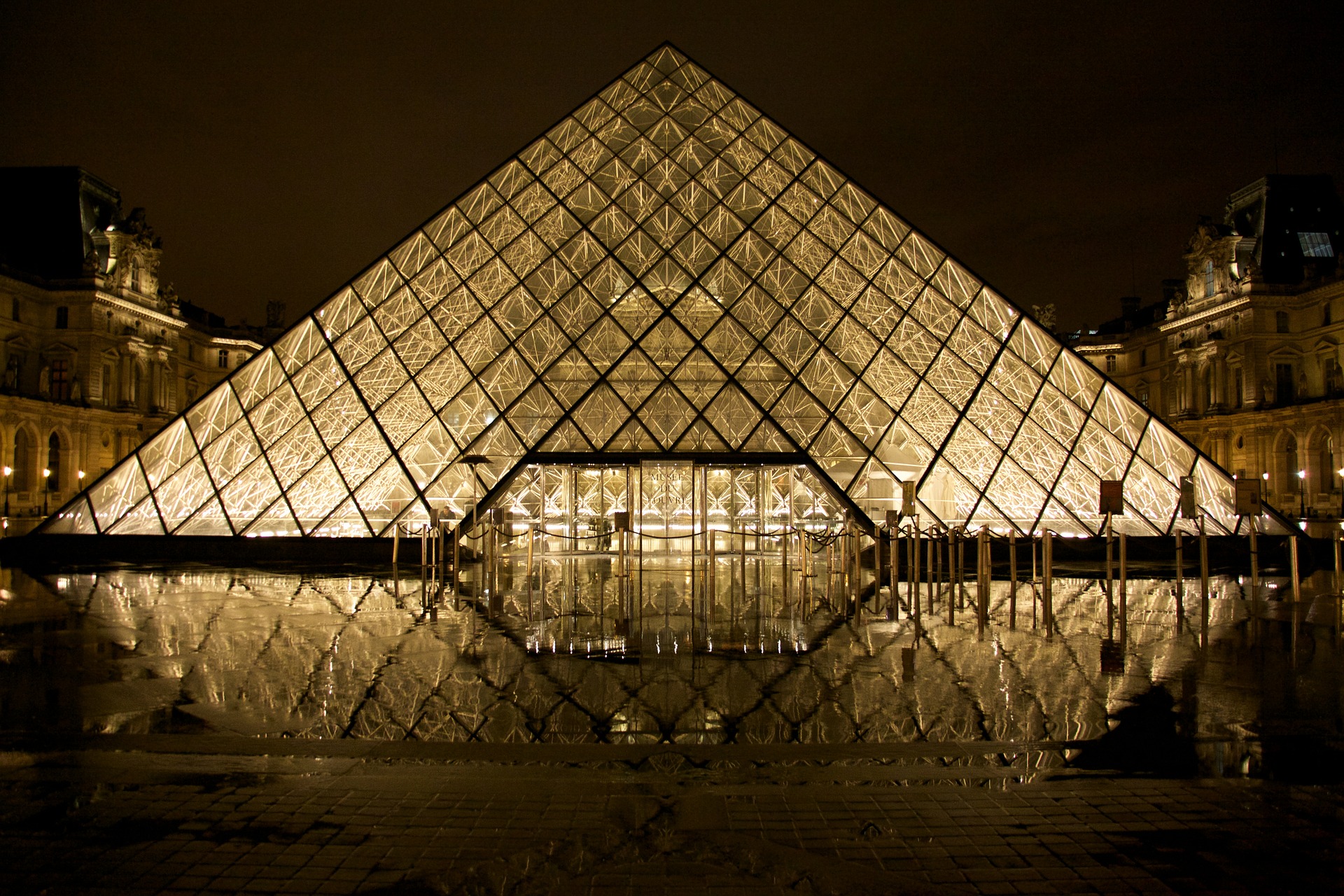

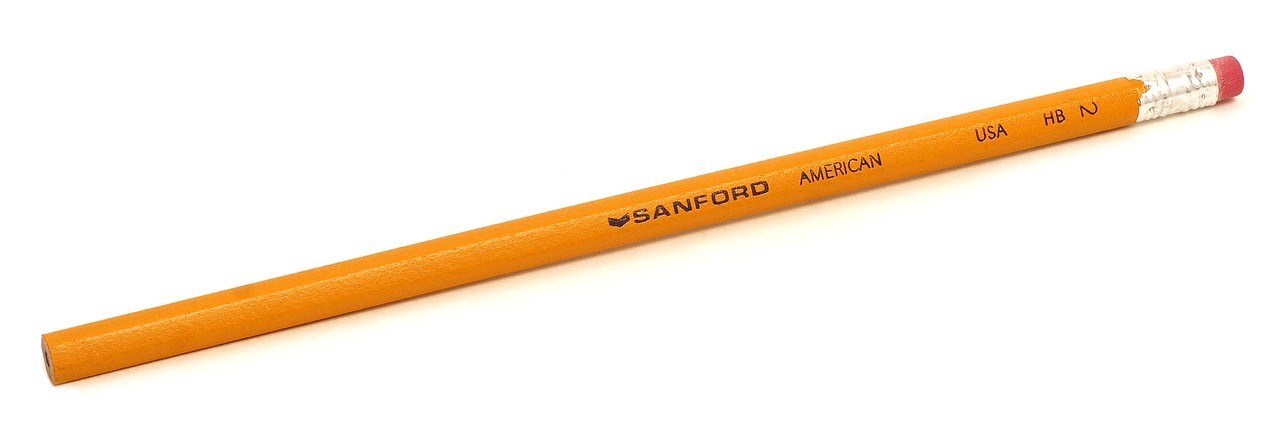
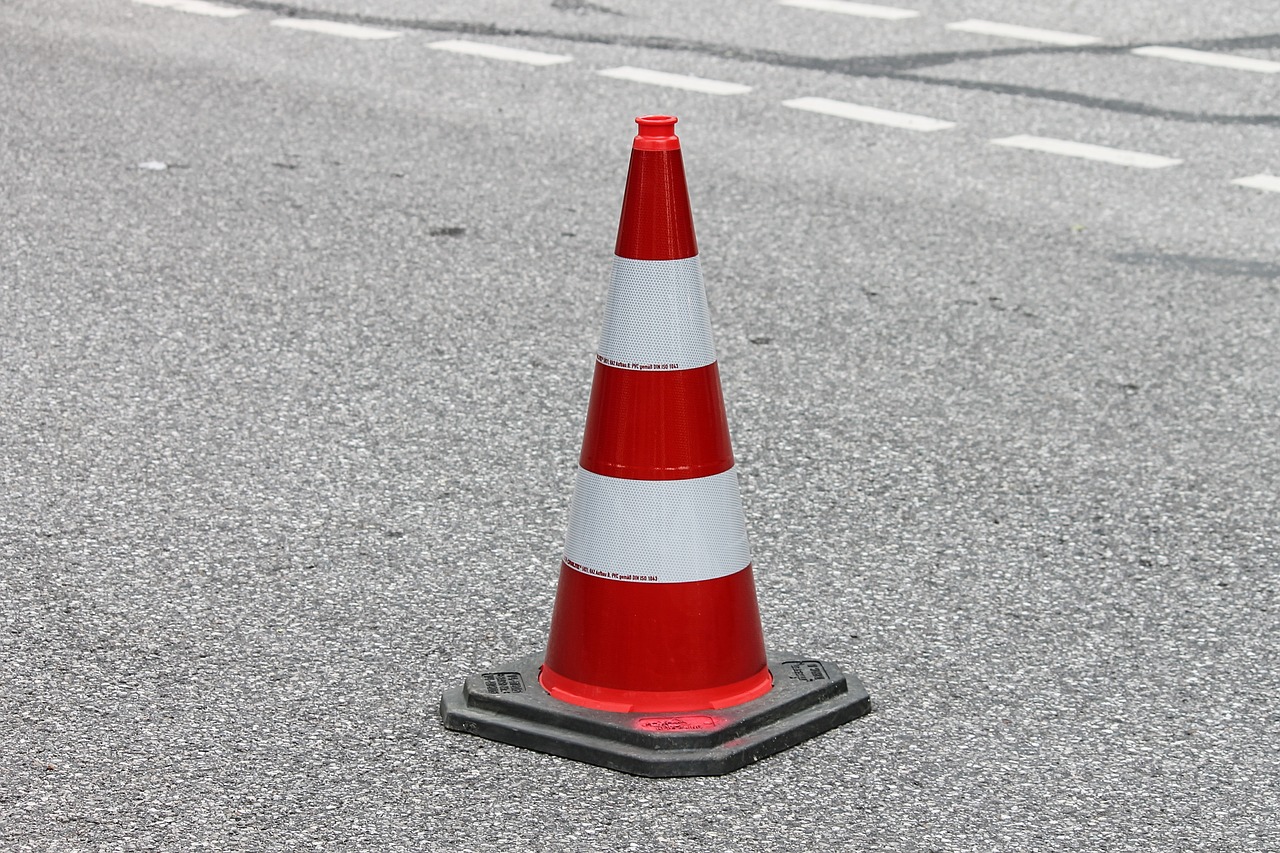
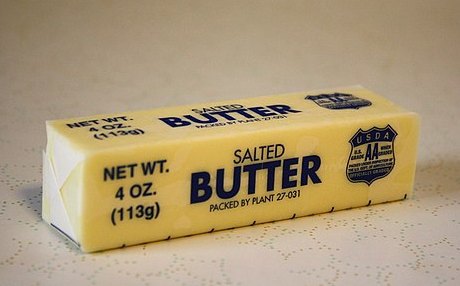
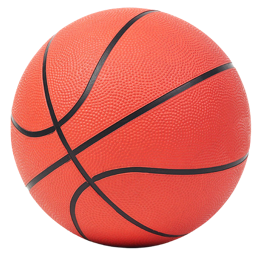
9.4: Cool-down - Cylinder Strategies (5 minutes)
Cool-Down
For access, consult one of our IM Certified Partners.
Student Lesson Summary
Student Facing
Cylinder and prism volumes can be found by multiplying the area of the figure’s base by its height. The formula \(V=Bh\), where \(V\) represents volume, \(B\) is the area of the base, and \(h\) is height, captures this concept. Consider the solid formed by rotating this rectangle around the horizontal axis shown. The result is a hollow cylinder of height 5 units with inner radius 1 unit and outer radius 4 units.


To calculate the volume of the outer cylinder, start by finding the area of the circular base. The circle’s radius measures 4 units, so its area is \(16 \pi\) square units because \(\pi(4)^2=16\pi\). Multiply that by the cylinder’s height of 5 units to get \(80\pi\) cubic units.
For the inner cylinder, the area of the base is \(\pi\) square units, because \(\pi (1)^2 = \pi\). The volume is therefore \(5\pi\) cubic units. Now subtract the volume of the inner, hollow part from the volume of the outer cylinder to get the volume of the solid: \(75 \pi\) cubic units because \(80\pi - 5\pi = 75\pi\) .